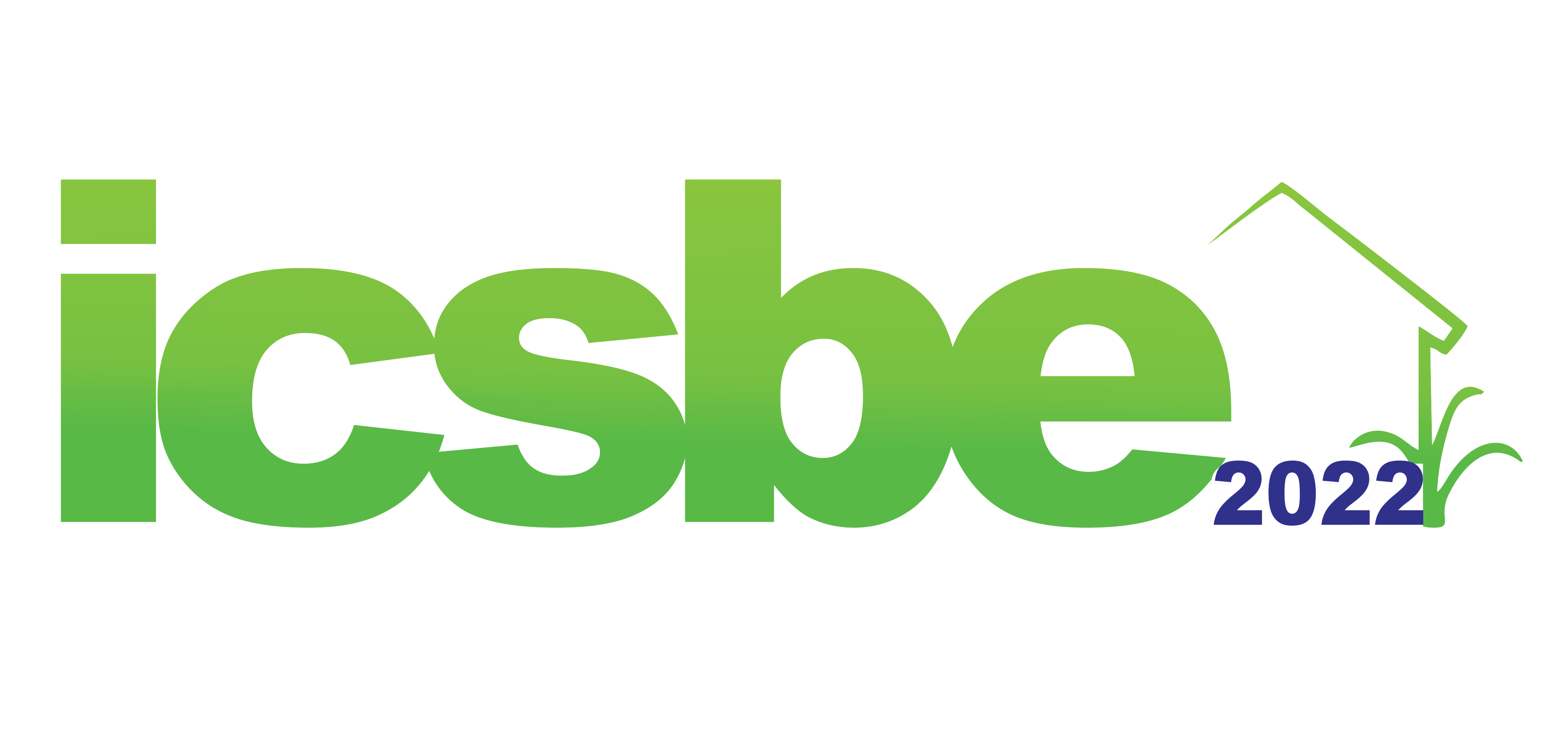GEOELECTRIC METHODS FOR GROUNDWATER EXPLORATION IN THE FOOD ESTATE AREA OF CENTRAL SUMBA REGENCY, EAST NUSA TENGGARA, INDONESIA
D A Dayani1,2, W Wilopo1*, I Azwartika2
1Department of Geological Engineering, Faculty of Engineering, Gadjah Mada University, Yogyakarta 55281, Indonesia
2Ministry of Public Works and Housing, Indonesia
[1]* Corresponding author’s email: [email protected]
DOI: https://doi.org/10.20885/icsbe.vol2.art12
ABSTRACT
Groundwater is one water source to meet the needs of humans, animals, and plants. The groundwater potential of an area is usually difficult to determine because it is below the [1]surface. The Indonesian government has a program to develop a food estate in Central Sumba Regency; however, the availability of surface irrigation water is limited. Therefore, the assessment of groundwater potential was conducted. In this study, the evaluation of groundwater potential was carried out using geophysical methods and a hydrogeological survey. The resistivity of subsurface rocks was measured in 20 VES points by Schlumberger configuration. The area of the food estate in Central Sumba is mainly composed of limestone that forms a karst landscape. The groundwater level from the existing well is around 2-16 meters from the surface. The potential of rock as an aquifer is limestone with a resistivity value between 34 -7013 Ωm. There are two types of aquifers in the study area: unconfined and confined aquifers. Unconfined aquifers are found at a depth of 2-7 meters, while confined aquifers are found at depths of 11-120 meters. The distribution of aquifers is more in the western part of the study area.
Keywords : Geolectrical Methods; Groundwater; Food Estate
REFERENCES
J. Margat and J. van der Gun, (2013), Groundwater around the World. CRC Press, doi: 10.1201/b13977.
A. C. Effendi and T. Apandi, (1993), “Peta Geologi Lembar Waikabubak dan Waingapu.”.
D. Ford and P. Williams, Karst Geomorphology and Hydrology, vol. 157, no. 1. 1991. doi: 10.2307/635167.
P. Wu, C. Tang, L. Zhu, C. Liu, X. Cha, and X. Tao, “Hydrogeochemical Characteristics of Surface Water and Groundwater in The Karst Basin, Southwest China,” Hydrol. Process., vol. 23, no. 14, pp. 2012–2022, Jul. 2009, doi: 10.1002/hyp.7332
E. Rolia and D. Sutjiningsih, “Application of geoelectric method for groundwater exploration from surface (A literature study),” AIP Conf. Proc., 1977, June, 2018, doi: 10.1063/1.5042874.
A. Ferhat et al., (2022), “A Geoelectric Approach for Karst Groundwater Analysis,” IOP Conf. Ser. Earth Environ. Sci., 998, 1, p. 012012, doi: 10.1088/1755-1315/998/1/012012.
W. Wilopo, M. H. Rachman, and D. P. E. Putra, (2020), “Assessment of groundwater resources potential using geoelectrical method and slug test in Tegal District, Central Java Province, Indonesia,” E3S Web Conf., vol. 200, doi: 10.1051/e3sconf/202020002003.
S. R. Chikabvumbwa, D. Sibale, R. Marne, S. W. Chisale, and L. Chisanu, (2021), “Geophysical investigation of dambo groundwater reserves as sustainable irrigation water sources: case of Linthipe sub-basin,” Heliyon, vol. 7, no. 11, p. e08346, 2021, doi: 10.1016/j.heliyon.e08346.
M. AL Deep, S. A. S. Araffa, S. A. Mansour, A. I. Taha, A. Mohamed, and A. Othman, (2021) “Geophysics and remote sensing applications for groundwater exploration in fractured basement: A case study from Abha area, Saudi Arabia,” J. African Earth Sci., vol. 184. August, p. 104368, doi: 10.1016/j.jafrearsci.2021.104368
W. O. Raji and K. A. Abdulkadir, “Geo-resistivity data set for groundwater aquifer exploration in the basement complex terrain of Nigeria, West Africa,” Data Br., vol. 31, p. 105975, 2020, doi: 10.1016/j.dib.2020.105975
Y. Ait Bahammou, A. Benamara, A. Ammar, D. Hrittta, I. Dakir, and H. Bouikbane, “Application of vertical electrical sounding resistivity technique to explore groundwater in the Errachidia basin, Morocco, (2021), ” Ground. Sustain. Dev., vol. 15, June, doi: 10.1016/j.gsd.2021.100648.
D. P. Lesmes and S. P. Friedman, (2005), “Relationships between the Electrical and Hydrogeological Properties of Rocks and Soils,” pp. 87–128, doi: 10.1007/1-4020-3102-5_4.
R. Kirsch, Groundwater Geophysics, 2nd ed., vol. 17, no. 1. Berlin, (2009), Heidelberg: Springer Berlin Heidelberg, doi: 10.1007/978-3-540-88405-7.
N. Goldscheider and D. Drew, (2008), Methods in karst hydrogeology, vol. 45, no. 06, doi: 10.5860/choice.45-3213.
M. I. I. Mohamaden, A. S. S., and G. A. Allah, (2019), “Geoelectrical Survey for Groundwater Exploration at the Asyuit Governorate, Nile Valley, Egypt,” J. King Abdul Aziz Univ., vol. 20, no. March, pp. 91–108.
R. J. Sterrett, “Groundwater dan Wells – Third Edition.”
D. Romanov, F. Gabrovsek, and W. Dreybrodt, (2003), “The impact of hydrochemical boundary conditions on the evolution of limestone karst aquifers,” J. Hydrol., vol. 276, no. 1–4, pp. 240–253, doi: 10.1016/S0022-1694(03)00058-1.
K. Sun, (2018), “Formulating surrogate pumping test data sets to assess aquifer hydraulic conductivity,” vol. 1, pp. 1–5, doi: 10.1016/j.hydroa.2018.100004.
P. Meiser, D. Pfeiffer, M. Purbohadiwidjojo, and Sukardi, (1965) “Peta Hidrogeologi Lembar Sumba.”
Badan Informasi Geospasial, (2018), DEMNAS Seamless Digital Elevation Model (DEM) dan Batimetri Nasional, https://tanahair.indonesia.go.id/demnas/#/demnas, accessed 1 May 2022.
Badan Informasi Geospasial, (2017), Peta Rupa Bumi Indonesia, https://tanahair.indonesia.go.id/portal-web/download/perwilayah, accessed 1 May 2022.
W. M. Telford, L. P. Geldart, and R. E. Sheriff, (1990), “Applied Geophysics Second Edition”.
J. Stibinger, (2014), Examples of Determining the Hydraulic Conductivity of Soils – Theory and Applications of Selected Basic Methods. J. E. Purkyně University in Ústí n. Labem, Faculty of the Environment.
Ministry of Public Works and Housing, (2021), Report hasil pengolahan data uji pemompaan sumur TKAB-109, Sumba Tengah.





Leave a Reply
Want to join the discussion?Feel free to contribute!